Home>Garden Essentials>How Long For Strawberry Seeds To Sprout


Garden Essentials
How Long For Strawberry Seeds To Sprout
Modified: August 17, 2024
Discover how long it takes for strawberry seeds to sprout in your garden. Get expert tips and advice on nurturing healthy strawberry plants.
(Many of the links in this article redirect to a specific reviewed product. Your purchase of these products through affiliate links helps to generate commission for Storables.com, at no extra cost. Learn more)
Introduction
Strawberries are a popular and delicious fruit that many gardeners love to grow in their own backyard. While most strawberry plants are propagated through runners, it is also possible to grow strawberries from seeds. However, germinating strawberry seeds can be a bit more challenging compared to other fruits and vegetables.
In this article, we will explore how long it takes for strawberry seeds to sprout, the factors that can affect the germination process, ways to improve germination rates, and common mistakes to avoid. Whether you’re a seasoned gardener or a newbie, this information will help you successfully grow strawberries from seeds and enjoy the sweet fruits of your labor.
The process of growing strawberries from seeds requires patience and attention to detail. Unlike some other plants where seeds can germinate quickly, strawberry seeds can take several weeks to sprout. This is due to the unique characteristics of strawberry seeds and the specific conditions they require for successful germination.
Understanding the factors that affect strawberry seed germination is crucial to ensure successful sprouting. These factors can include temperature, moisture, light, and soil conditions. If any of these factors are not optimal, it can significantly delay or even prevent the germination process.
When it comes to temperature, strawberry seeds generally require a consistent and moderately warm environment to germinate. The ideal temperature range for strawberry seed germination is usually between 60 and 75 degrees Fahrenheit (15 to 24 degrees Celsius). Fluctuations in temperature or extreme heat or cold can negatively impact germination rates.
Moisture is another essential factor for strawberry seed germination. The seeds need to be consistently moist but not waterlogged. It is important to keep the soil evenly moist throughout the germination process. However, excessive watering can lead to mold and fungal growth, which can be detrimental to the seeds.
Light requirements for strawberry seed germination can vary depending on the variety. Some strawberry seeds require light to germinate, while others prefer darkness. It is essential to read the specific instructions on the seed packet or do some research to determine the light requirements for the particular strawberry variety you are growing.
Soil conditions play a crucial role in strawberry seed germination as well. The soil should be well-draining and rich in organic matter. A pH level between 6.0 and 6.5 is generally preferred for strawberry seed germination. It is also recommended to use a seed-starting mix or a combination of peat moss and perlite to provide the ideal soil conditions for germination.
In the next section, we will delve into how long it typically takes for strawberry seeds to sprout and how you can improve germination rates for your seeds. Whether you’re starting with fresh seeds or store-bought packets, understanding the germination timeline and techniques will help you plan and optimize your strawberry growing experience. So let’s dive in!
Key Takeaways:
- Patience is key when growing strawberries from seeds, as they can take 2-6 weeks to sprout. Providing optimal conditions like temperature, moisture, and light will improve germination rates.
- Avoid common mistakes like planting seeds too deep, overwatering, or neglecting light requirements to increase the chances of successful germination. Use fresh, high-quality seeds and be patient for the best results.
Read more: How Long For Seeds To Sprout
Factors Affecting Strawberry Seed Germination
Several factors can influence the germination of strawberry seeds. Understanding these factors will help you create the optimal conditions for successful sprouting. Let’s take a closer look at the key factors affecting strawberry seed germination:
1. Seed Quality: The quality of the strawberry seeds you use plays a significant role in germination. Fresh and viable seeds have a higher chance of sprouting compared to old or low-quality seeds. It is recommended to purchase seeds from a reputable source or collect seeds from healthy and disease-free strawberry plants.
2. Temperature: Temperature plays a crucial role in the germination process. Strawberry seeds generally need a warm environment to sprout. The ideal temperature range for strawberry seed germination is between 60 and 75 degrees Fahrenheit (15 to 24 degrees Celsius). Consistent and moderate temperature levels promote successful germination, while extreme fluctuations or cold temperatures can hinder the process.
3. Moisture: Adequate moisture is essential for strawberry seed germination. The seeds need to be consistently moist, but not waterlogged. It is recommended to mist the soil surface or cover it with a thin layer of vermiculite to retain moisture during germination. Regularly check the moisture levels and adjust watering accordingly to prevent the seeds from drying out or becoming too saturated.
4. Light: Light requirements for strawberry seed germination can vary depending on the variety. Some strawberry seeds require exposure to light to sprout, while others prefer darkness. It is crucial to determine the light requirements for the specific variety you are growing. If light is required, place the seeds on the soil surface without covering them, ensuring they receive adequate light for successful germination.
5. Soil Conditions: The quality and composition of the soil are essential for strawberry seed germination. The soil should be well-draining, loose, and rich in organic matter. Optimal soil pH ranges between 6.0 and 6.5. Ensure that the soil is free from debris, rocks, and weeds, allowing the seeds to establish contact with the soil for proper germination.
6. Scarification: Some strawberry seeds have hard coats that can inhibit germination. Scarification is a process of breaking or softening the seed coat to promote germination. This can be done by gently rubbing the seeds with fine sandpaper or soaking them in warm water for 24 hours before sowing. Scarification can help increase the germination rates of strawberry seeds with hard seed coats.
7. Stratification: Certain strawberry varieties require a period of cold stratification to break dormancy and promote germination. This mimics the natural winter conditions that strawberries experience in their native habitats. Stratification can be achieved by storing the seeds in a moist medium such as damp paper towels in a sealed container and placing them in the refrigerator for 2 to 4 weeks. After stratification, transfer the seeds to a suitable growing medium for germination.
By taking into account these factors and addressing them appropriately, you can significantly improve the germination rates of strawberry seeds. In the next section, we will discuss the average time it takes for strawberry seeds to sprout and how you can optimize this process for successful seedling establishment. So, let’s dive in!
Germination Time for Strawberry Seeds
The time it takes for strawberry seeds to germinate can vary depending on various factors, including the variety of strawberries, seed quality, temperature, moisture levels, and other environmental conditions. On average, strawberry seeds can take anywhere from two to six weeks to sprout.
Strawberry seeds have a natural dormancy period, which means they have a built-in mechanism that delays germination until conditions are favorable for growth. This dormancy period can contribute to the longer germination time compared to other vegetable or flower seeds.
The germination process begins when the seed absorbs moisture, which triggers biochemical changes and enzymes that break the seed coat and initiate growth. It is important to provide the right conditions during this crucial period to ensure successful germination.
Temperature is a critical factor in determining how long it takes for strawberry seeds to sprout. As mentioned earlier, the ideal temperature range for strawberry seed germination is between 60 and 75 degrees Fahrenheit (15 to 24 degrees Celsius). Germination may be faster at the higher end of this range. If the temperature is too low, germination can be significantly delayed, and if it is too high, it can negatively impact the germination process.
Moisture is another crucial factor in determining germination time. Strawberry seeds need consistent moisture to germinate. Keeping the soil evenly moist but not waterlogged is essential. Dry conditions can inhibit germination, while excessive moisture can lead to rot or mold. Regularly monitor the moisture levels and adjust watering accordingly to provide the optimal conditions for germination.
Light requirements can also influence the germination time for strawberry seeds. Some varieties require light for germination, while others prefer darkness. If your strawberry seeds require light, make sure to place them on the soil surface without covering them. Providing the correct light conditions can help speed up the germination process.
It’s important to note that not all strawberry seeds will germinate at the same time. Germination can be staggered, with some seeds sprouting earlier than others. This is normal and should be expected. Be patient and continue to provide the optimal conditions for all the seeds to germinate successfully.
To summarize, the germination time for strawberry seeds can range from two to six weeks, depending on various factors such as seed variety, temperature, moisture levels, and light conditions. Providing the right environment with adequate temperature, moisture, and light will help expedite the germination process. Continue to monitor and care for your seeds, and soon you will see those tiny sprouts emerge from the soil, ready to grow into healthy strawberry plants.
Strawberry seeds usually take 1-3 weeks to sprout. Keep the soil moist and warm, and provide plenty of sunlight for best results.
Improving Germination Rates for Strawberry Seeds
Achieving high germination rates for strawberry seeds is essential to ensure a successful crop of healthy strawberry plants. While strawberry seeds can be a bit more challenging to germinate compared to other seeds, there are several techniques you can employ to improve germination rates. Here are some tips to enhance the chances of successful germination for your strawberry seeds:
1. Use Fresh and High-Quality Seeds: Start with fresh, viable strawberry seeds for optimal germination rates. Check the seed packet or label for the date of production and choose seeds that have been recently harvested. Avoid using old or expired seeds as their viability may be significantly reduced.
2. Pre-Soak the Seeds: Strawberry seeds with hard seed coats may benefit from pre-soaking before planting. This process, known as scarification, helps soften the seed coat and promotes germination. Place the seeds in warm water for 24 hours before sowing to improve water absorption and seed germination.
3. Provide Optimal Conditions: Create an environment that is conducive to successful germination. Maintain a consistent temperature range between 60 and 75 degrees Fahrenheit (15 to 24 degrees Celsius). Ensure adequate moisture levels by keeping the soil evenly moist but not waterlogged. Additionally, provide the correct light conditions based on the variety’s requirements. Following these optimal conditions will improve germination rates.
4. Enhance Air Circulation: Good air circulation around the seeds and seedlings is crucial for preventing fungal diseases. Ensure proper ventilation in the germination area by using a small fan or providing adequate spacing between the seeds. This will help reduce the risk of damp and moldy conditions that can hinder germination.
5. Consider Cold Stratification: Some strawberry varieties require a period of cold stratification to break dormancy and stimulate germination. Place the seeds in a moist medium, such as damp paper towels, and seal them in a plastic bag. Refrigerate the bag for 2 to 4 weeks to simulate winter conditions. After stratification, transfer the seeds to the growing medium to initiate germination.
6. Optimize Soil Quality: Use a well-draining seed-starting mix or a combination of peat moss and perlite to create an ideal growing medium for germinating strawberry seeds. Ensure the soil pH is within the range of 6.0 to 6.5, as strawberries prefer slightly acidic conditions. The soil should be loose, fertile, and rich in organic matter to promote healthy germination and seedling development.
7. Label and Track Seeds: Keep track of the strawberry seed varieties you are germinating by labeling them properly. This will help you monitor and evaluate the germination rates for each variety. By noting which varieties have higher or lower germination rates, you can make informed decisions for future plantings and adjust your strategies accordingly.
By implementing these techniques, you can improve the germination rates of your strawberry seeds and increase your chances of growing healthy, productive strawberry plants. Patience and attention to detail are key, as germination can take anywhere from a few weeks to several weeks. Remember to provide consistent care and monitor the progress of your seeds. Each successful sprout is a step closer to enjoying freshly grown strawberries from your garden.
Common Mistakes to Avoid When Germinating Strawberry Seeds
Germinating strawberry seeds can be a rewarding and exciting process, but it’s important to be aware of common mistakes that can hinder successful germination. By avoiding these pitfalls, you can increase your chances of achieving high germination rates and growing healthy strawberry plants. Here are some common mistakes to avoid when germinating strawberry seeds:
1. Planting Seeds Too Deep: Strawberry seeds are tiny and should not be buried too deep in the soil. Planting them at a depth greater than 1/8 inch (3mm) can prevent proper germination. Instead, lightly press the seeds onto the soil surface or cover them with a thin layer of vermiculite or soilless seed-starting mix.
2. Overwatering or Underwatering: Maintaining proper moisture levels is critical for successful germination. Overwatering can lead to rot and fungal diseases, while underwatering can cause the seeds to dry out and hinder germination. Keep the soil evenly moist, but not waterlogged, and monitor the moisture levels regularly.
3. Exposing Seeds to Extreme Temperatures: Extreme temperatures can negatively impact the germination process. Avoid exposing the seeds to excessive heat or cold, as this can delay or inhibit germination. Maintain a consistent temperature range of 60 to 75 degrees Fahrenheit (15 to 24 degrees Celsius) for optimal germination.
4. Neglecting Light Requirements: Different strawberry varieties have varying light requirements for germination. Some seeds require exposure to light, while others prefer darkness. Read the specific instructions on the seed packet or do some research to determine the light requirements for the variety you are growing. Failure to provide the correct lighting conditions can hinder germination.
5. Using Poor-Quality or Old Seeds: Using low-quality or old seeds can significantly reduce germination rates. Ensure that you use fresh, viable strawberry seeds from a reliable source. Check the seed packet or label for the date of production and choose seeds that are within their recommended viability period.
6. Ignoring Proper Ventilation: Good air circulation is essential for preventing fungal diseases during germination. Neglecting proper ventilation can create a damp and stagnant environment that promotes mold and rot. Use a small fan or provide enough spacing between the seeds to ensure adequate air circulation.
7. Failing to Label and Track Seeds: It’s important to label and track the different strawberry seed varieties you are germinating. This will allow you to monitor and evaluate the success rates for each variety. By keeping track of which varieties have higher or lower germination rates, you can make informed decisions for future plantings and adjust your strategies accordingly.
8. Giving Up Too Soon: Germination can take time, and strawberry seeds are no exception. They can take anywhere from a few weeks to several weeks to sprout. Patience is key, and it’s important not to give up on the seeds too soon. Continue to provide the optimal conditions and monitor their progress until germination occurs.
By avoiding these common mistakes, you can improve the germination rates of your strawberry seeds and increase your chances of growing healthy, thriving strawberry plants. Each successful seedling is a step towards a bountiful harvest of sweet and delicious strawberries to enjoy from your own garden.
Read more: How Long For Parsley Seeds To Sprout
Conclusion
Growing strawberries from seeds can be a rewarding experience that allows you to witness the complete life cycle of these delicious fruits. While germinating strawberry seeds may require some patience and attention to detail, it is a fulfilling endeavor that can lead to the development of healthy and productive strawberry plants.
In this article, we have explored the factors that influence strawberry seed germination, including temperature, moisture, light, soil conditions, and seed quality. By understanding these factors and making the necessary adjustments, you can optimize the germination process and increase your chances of successful seedling establishment.
We have also discussed the average germination time for strawberry seeds, which can range from two to six weeks. However, it is crucial to keep in mind that germination rates can vary depending on various factors, including seed variety, environmental conditions, and the quality of the seeds themselves.
To improve germination rates, we have provided several practical tips, such as using fresh and high-quality seeds, pre-soaking or scarifying the seeds, providing optimal conditions of temperature, moisture, and light, enhancing air circulation, considering cold stratification when needed, optimizing soil quality, and keeping track of seed varieties.
Additionally, we have highlighted common mistakes to avoid when germinating strawberry seeds, including planting seeds too deep, overwatering or underwatering, exposing seeds to extreme temperatures, neglecting light requirements, using poor-quality or old seeds, ignoring proper ventilation, and not labeling or tracking seeds.
By avoiding these mistakes and following the recommended guidelines, you can significantly improve the germination rates of your strawberry seeds and increase your chances of growing vigorous and productive strawberry plants.
Remember, patience is key throughout the germination process. While it may take some time for the seeds to sprout, the reward of seeing those tiny sprouts emerge from the soil is worth the wait. Continue to provide care and attention to your seedlings as they grow, and soon enough, you will be enjoying the delicious fruits of your labor.
Whether you are a seasoned gardener or a novice, growing strawberries from seeds can be a fulfilling and enjoyable journey. With the right knowledge and techniques, you can successfully germinate strawberry seeds and embark on a fruitful and delicious strawberry growing adventure right in your own garden.
Now that you've gained insights on sprouting strawberry seeds, why stop there? For those eager to broaden their gardening skills, learning about seed germination will prove invaluable. Our detailed guide on this subject offers practical advice, stepping beyond strawberries to encompass a variety of plants. Additionally, timing is key in gardening, so understanding the optimal moments for planting strawberry seeds can make all the difference in your harvest. Dive into our comprehensive discussion and ensure your garden flourishes year-round.
Frequently Asked Questions about How Long For Strawberry Seeds To Sprout
Was this page helpful?
At Storables.com, we guarantee accurate and reliable information. Our content, validated by Expert Board Contributors, is crafted following stringent Editorial Policies. We're committed to providing you with well-researched, expert-backed insights for all your informational needs.
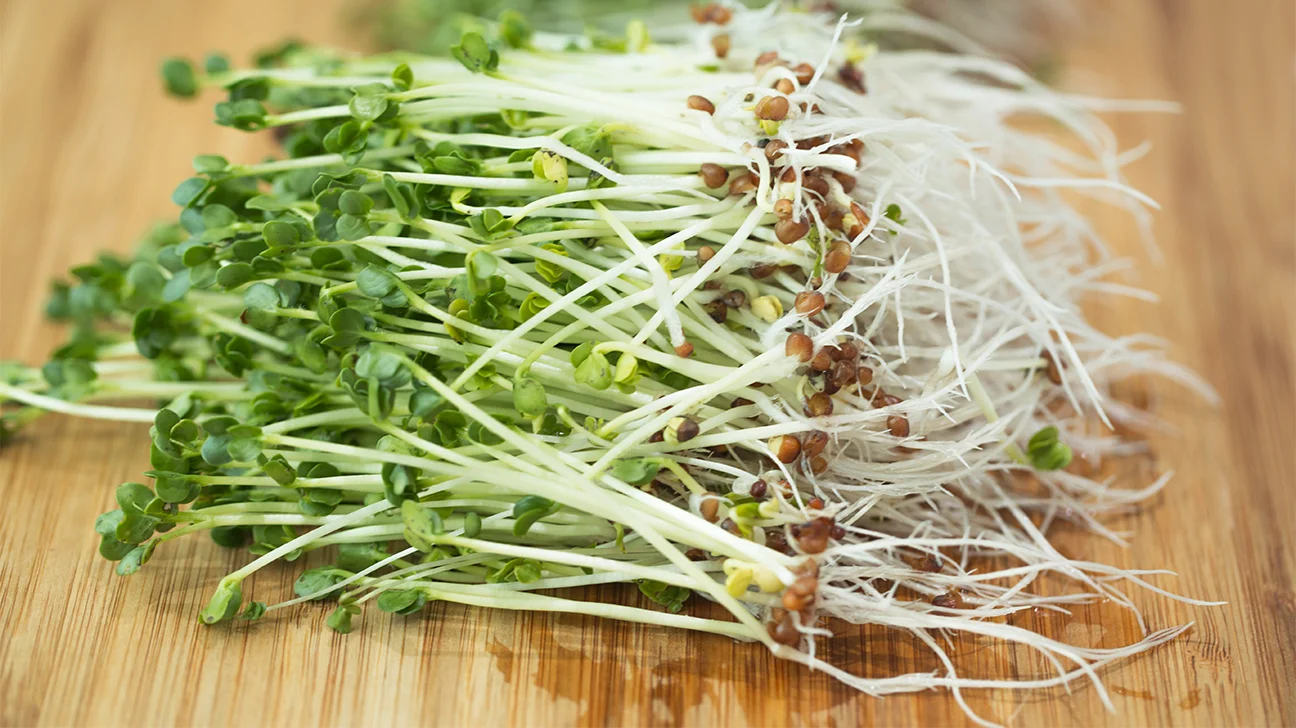
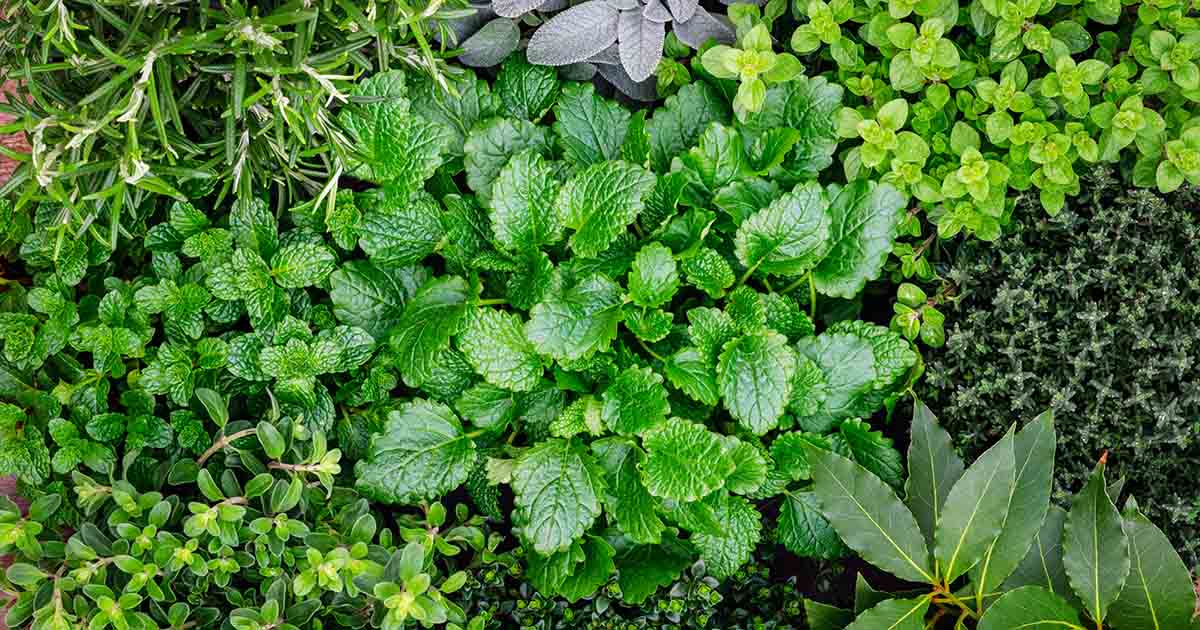
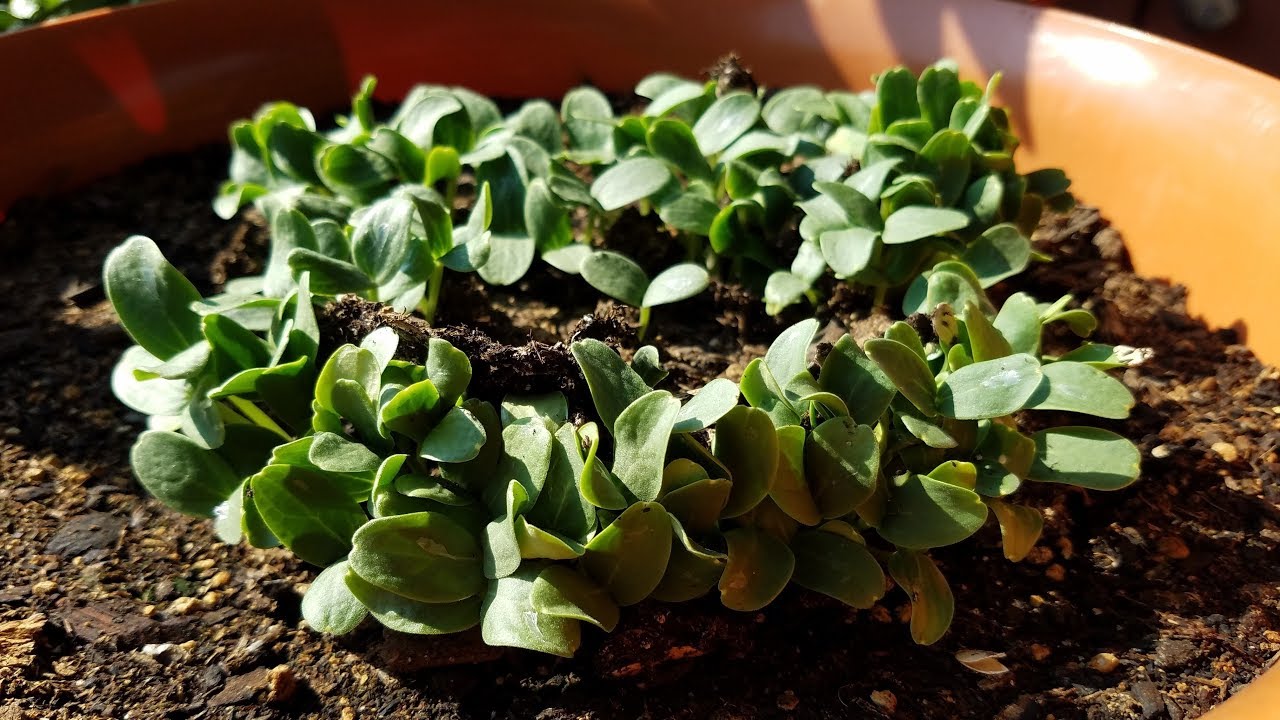
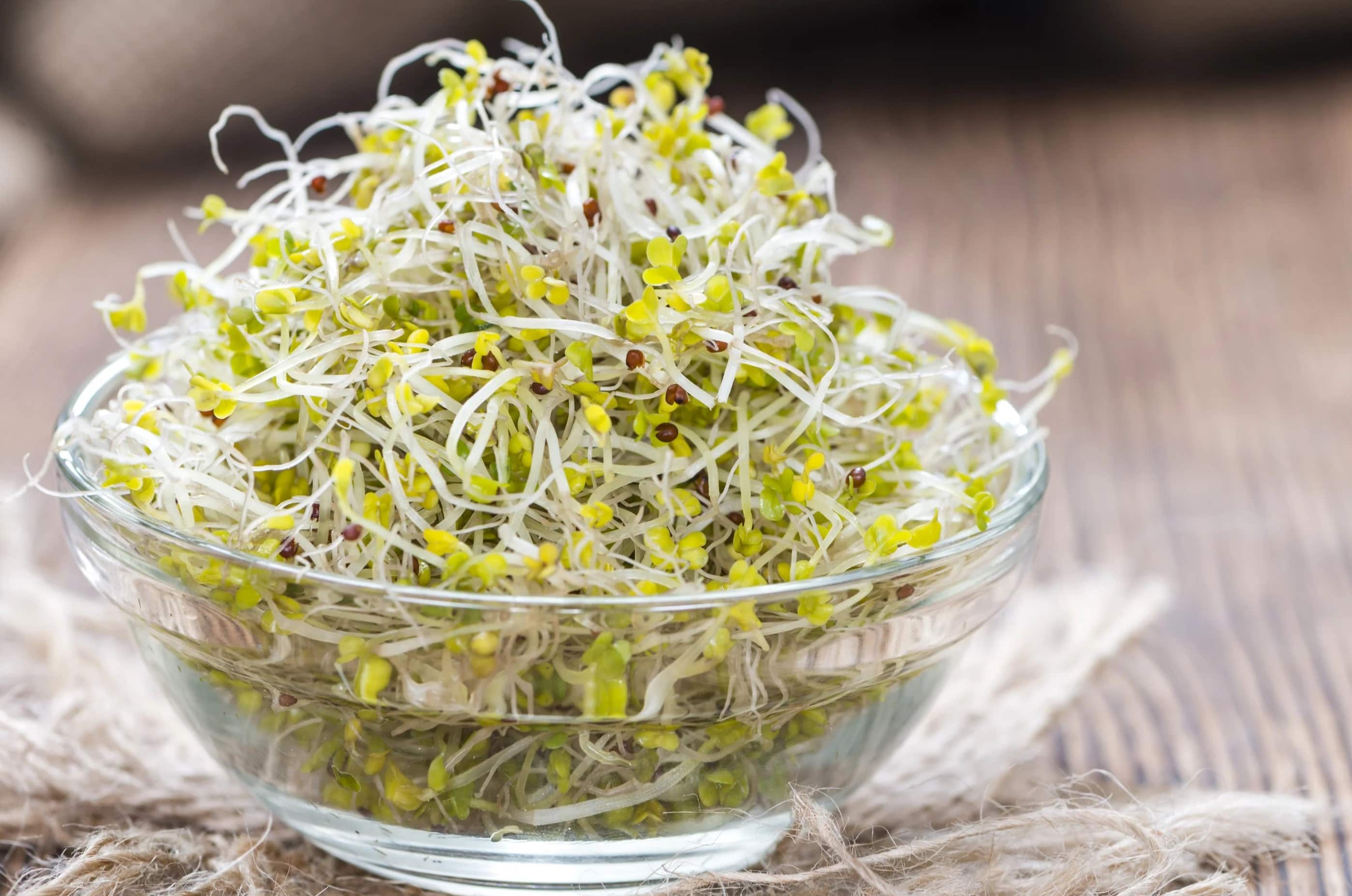
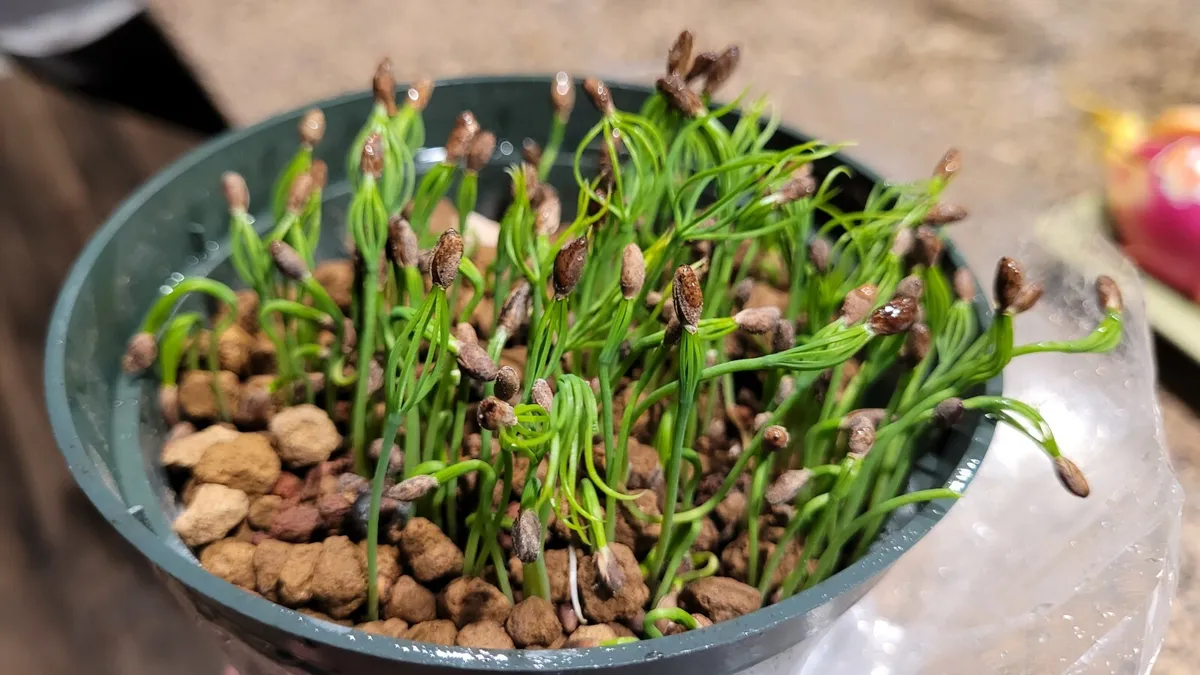
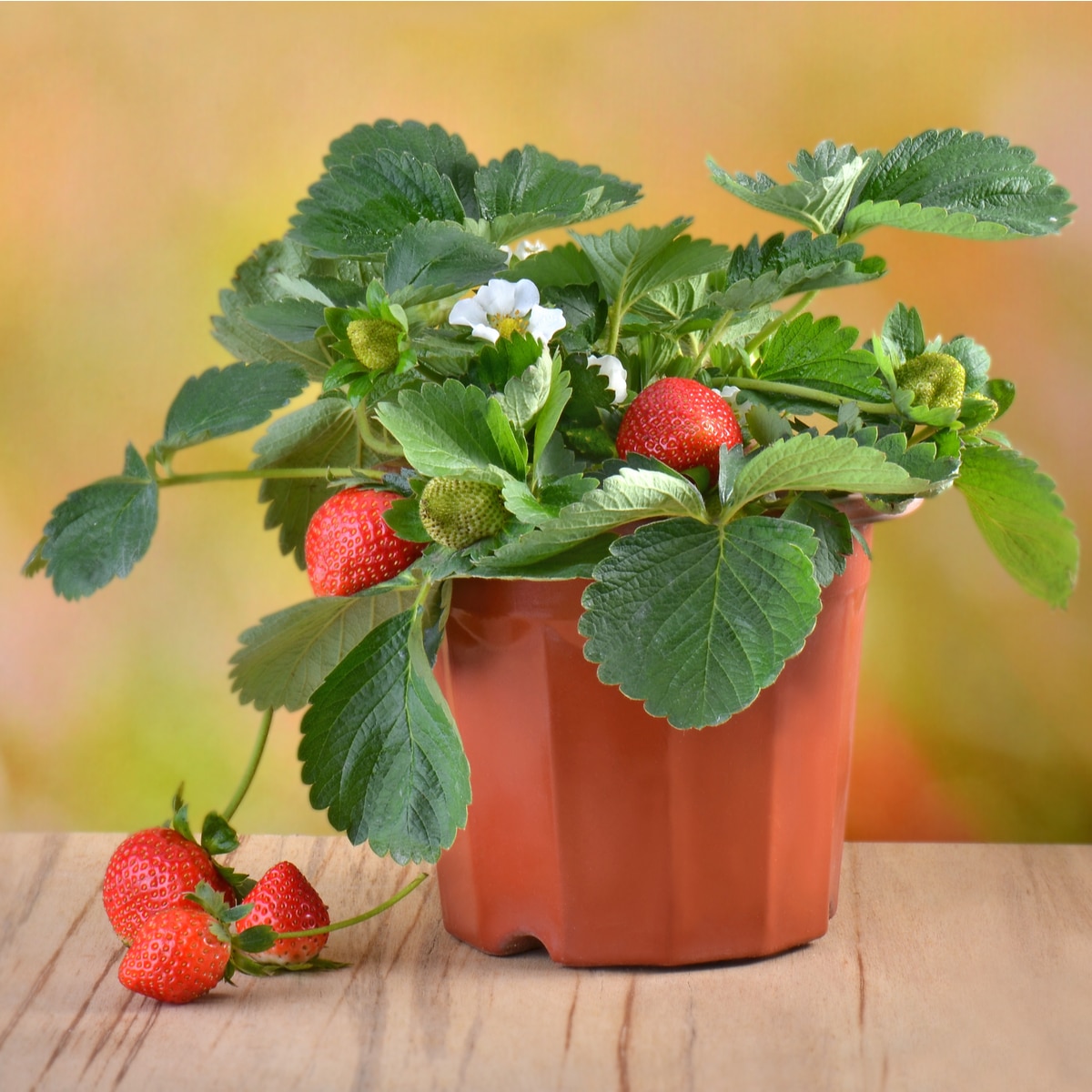
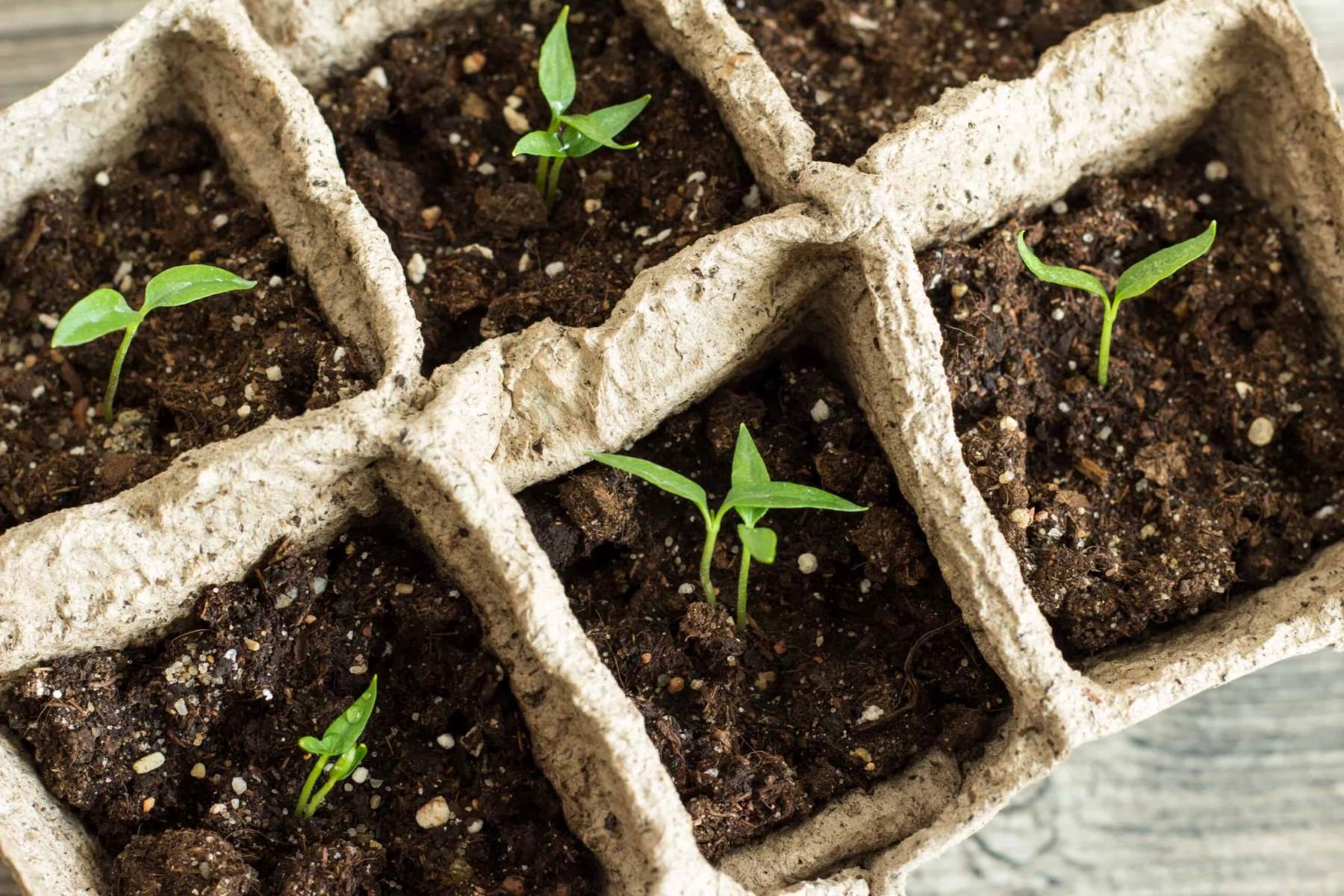
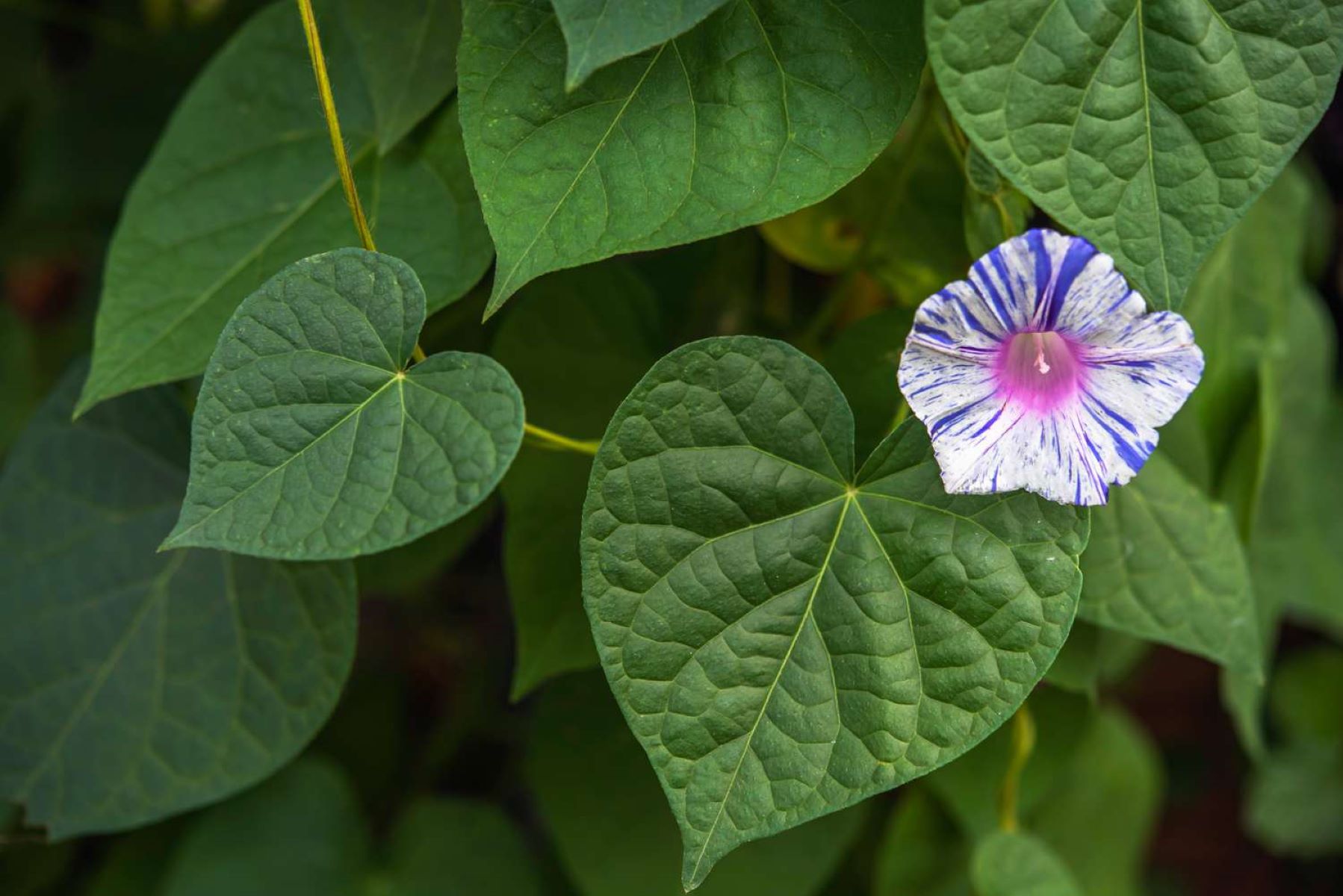
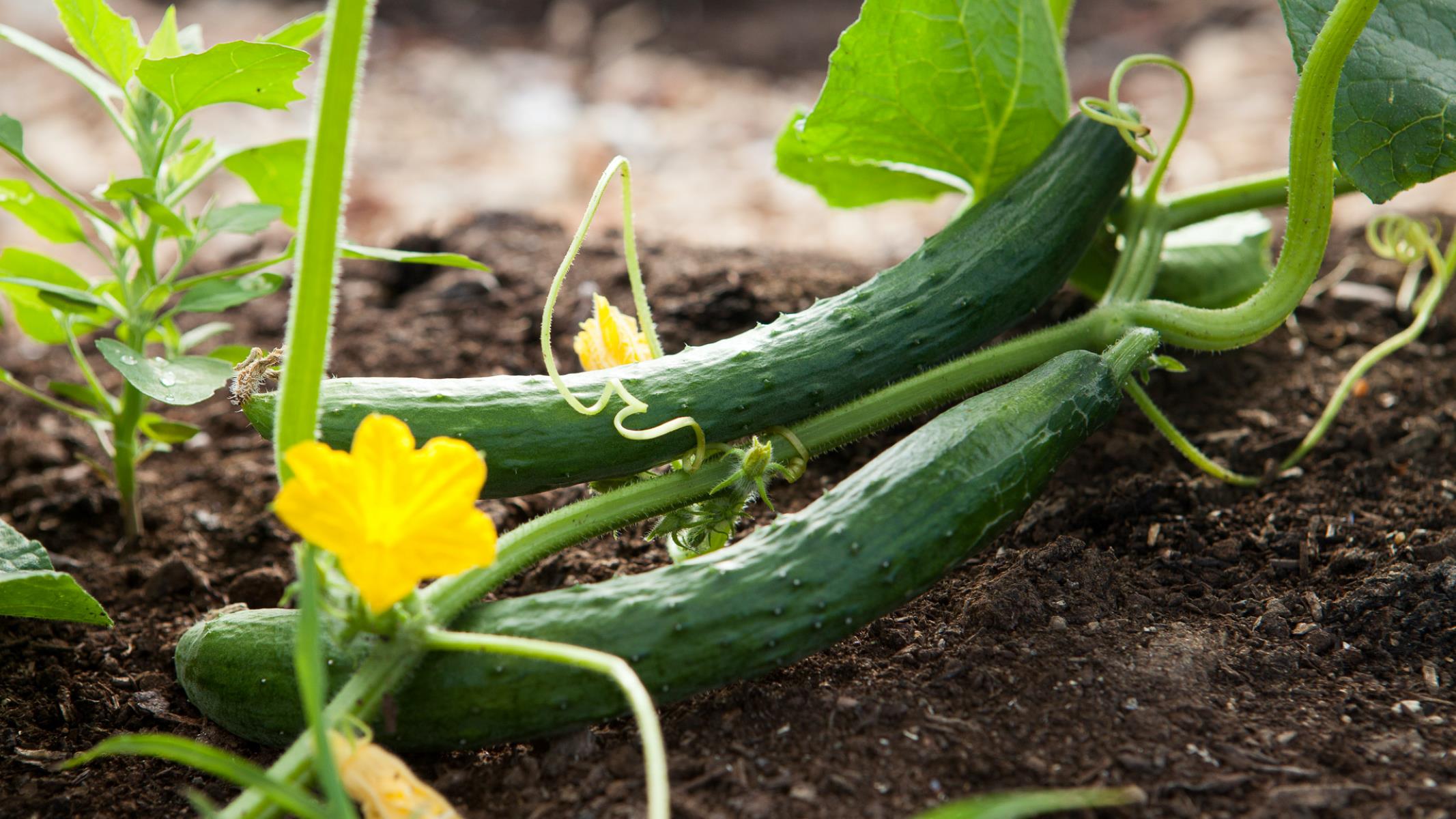
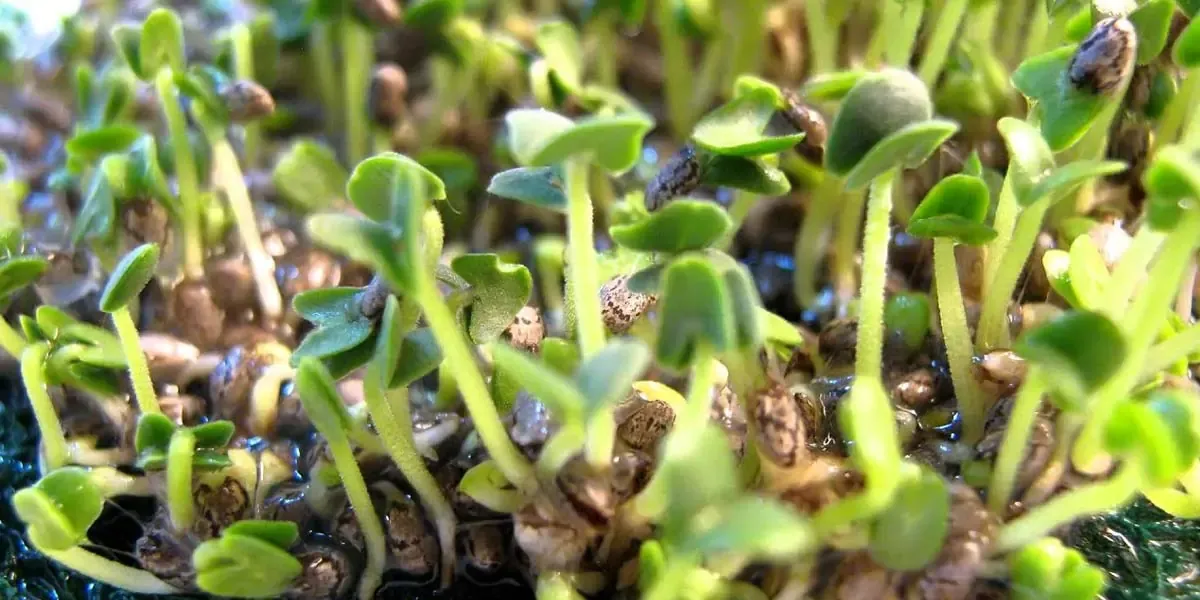
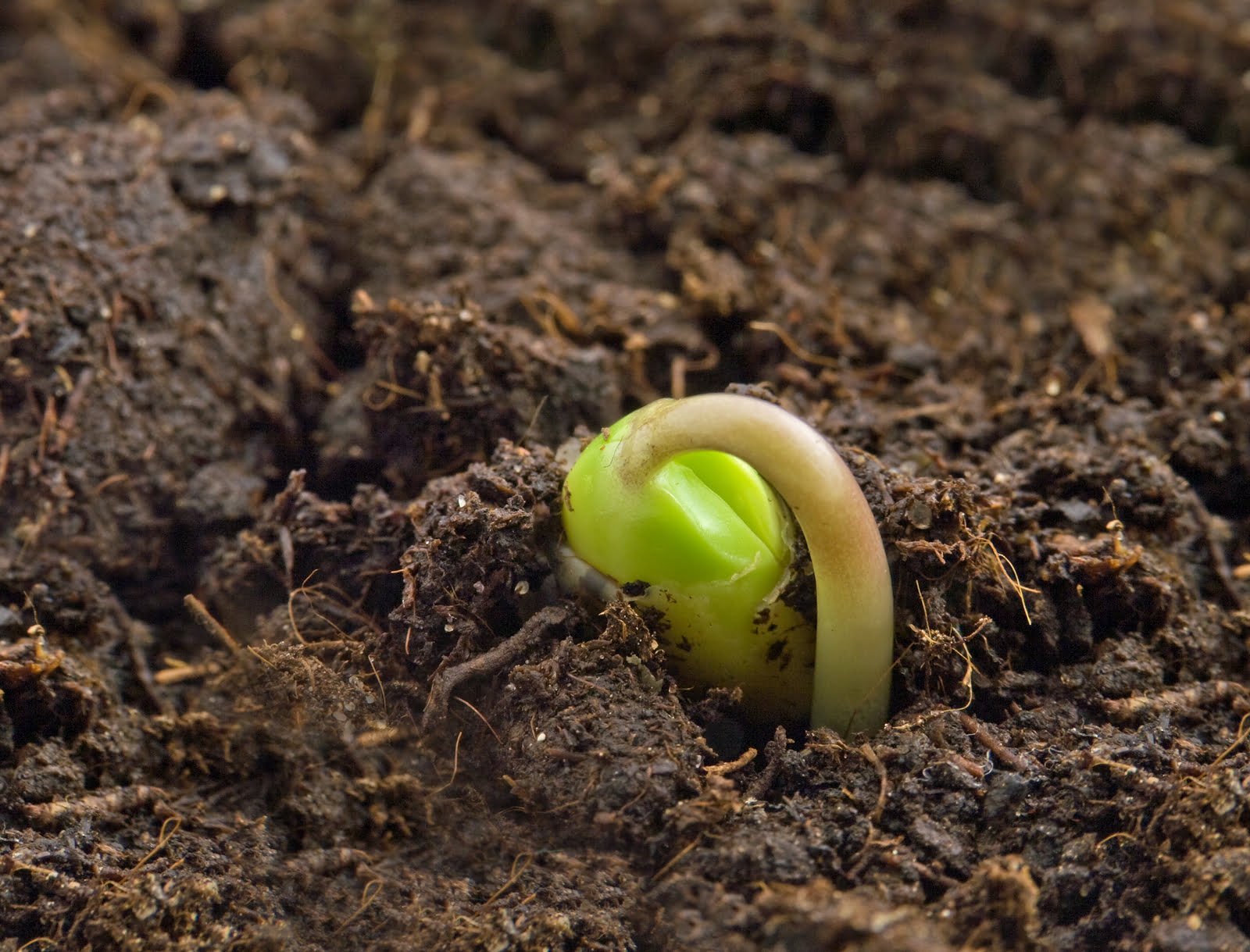
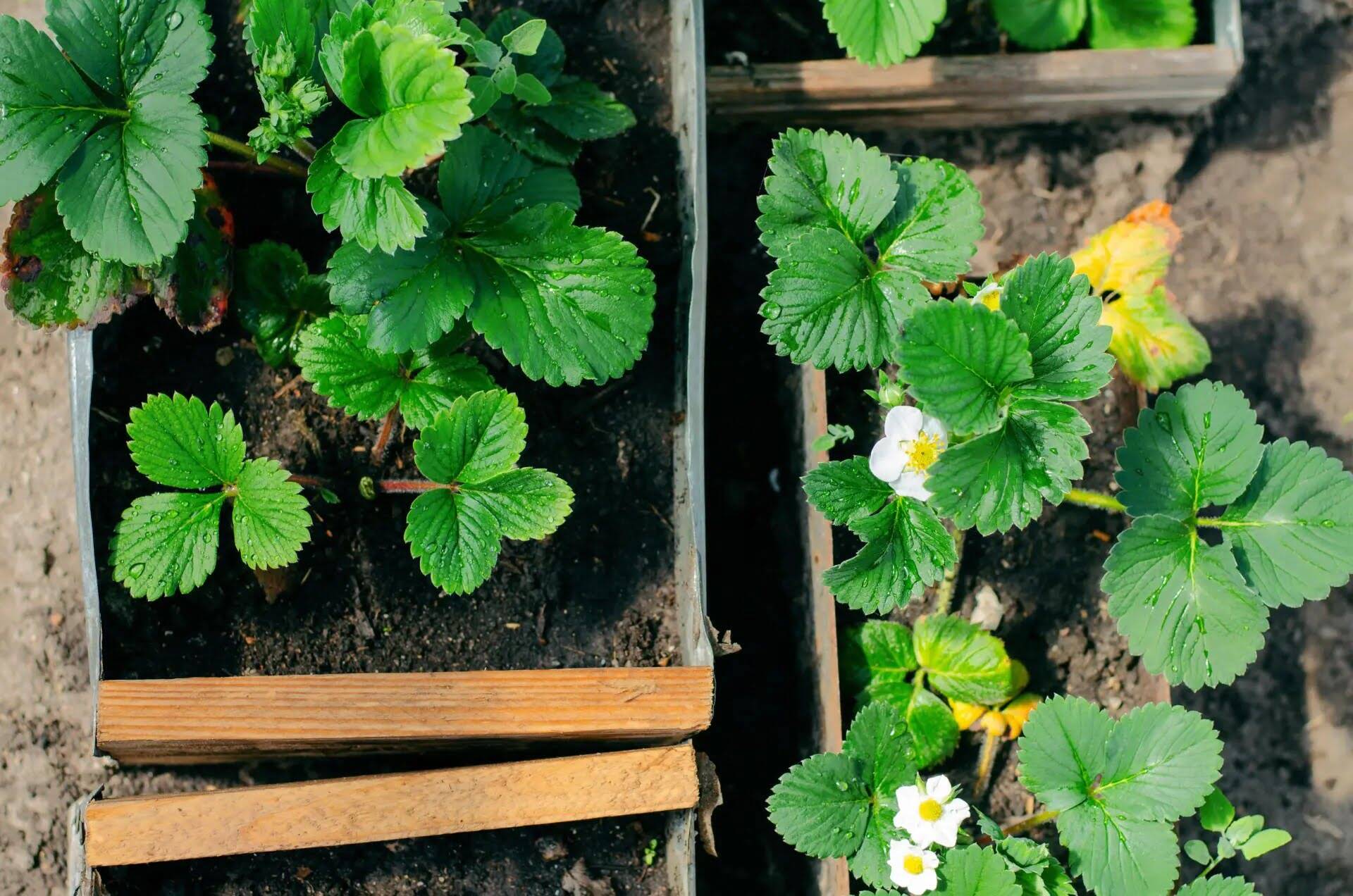
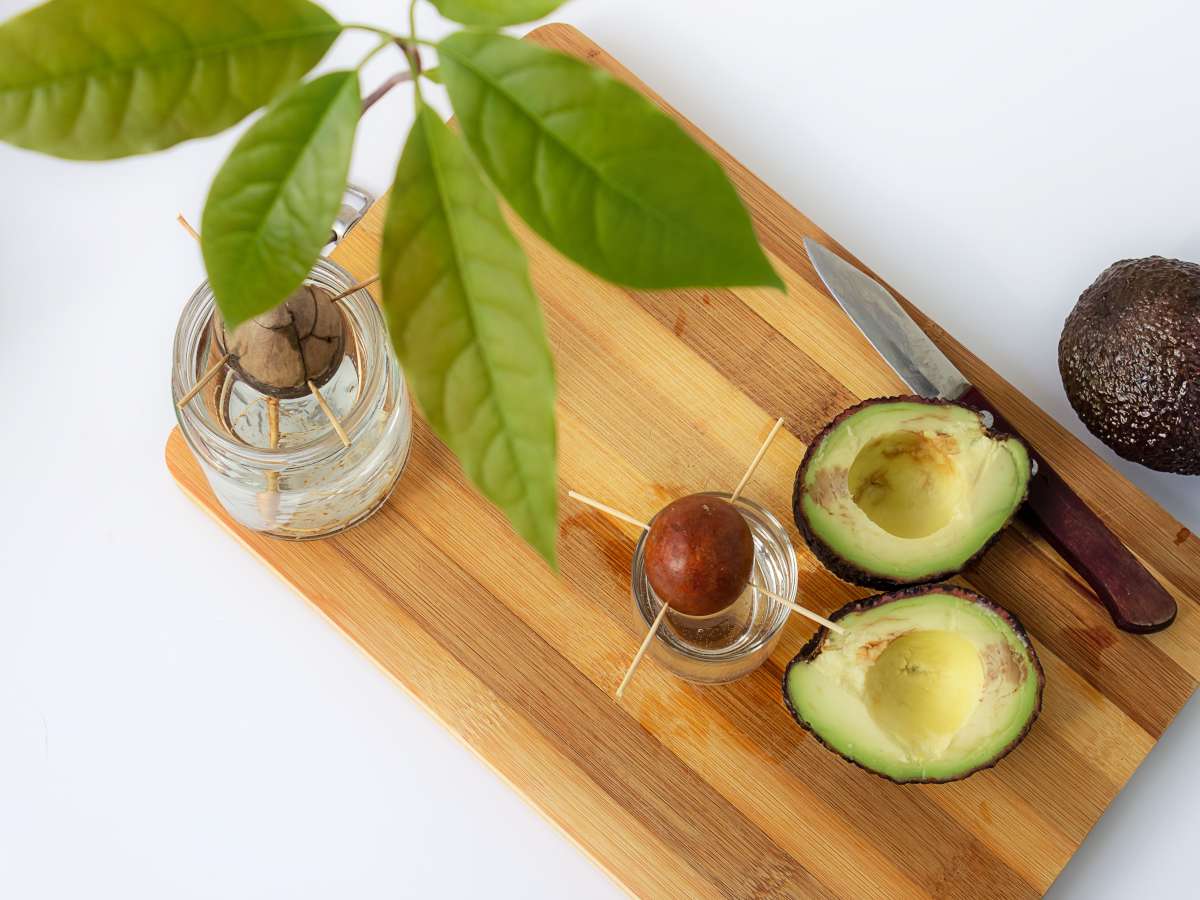
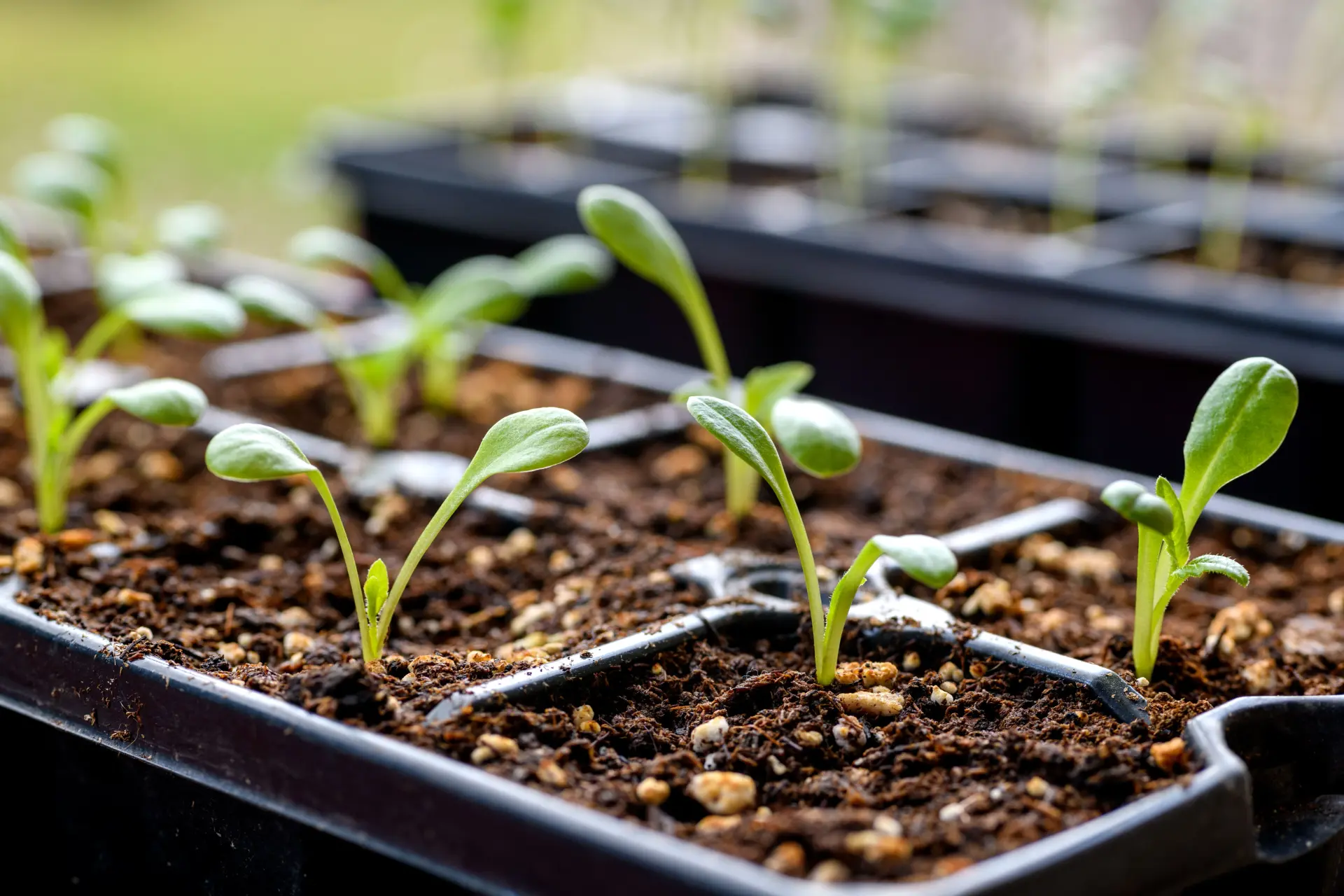

0 thoughts on “How Long For Strawberry Seeds To Sprout”